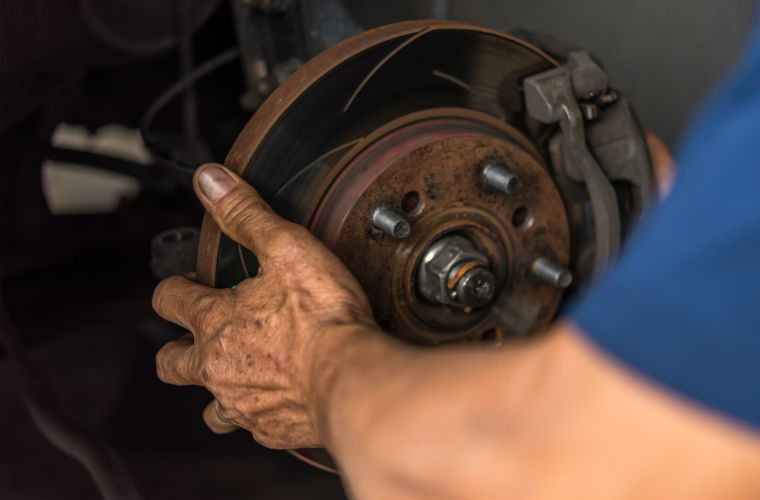In its latest technical article for Garage Wire, Comline is this week explaining what vapour lock island how it can be avoided.
A typical car or LCV braking system will contain anything up to 1.5 litres of brake fluid which plays a pivotal role in bringing the vehicle to a halt.
Brake fluid is design for purpose based on key characteristics which include, but are not limited to, boiling point, corrosion prevention, viscosity, and compressibility.
Compressibility is the key term in understanding vapour lock.
When we brake, a direct and consistent relationship between pedal travel and braking force is required and for this we need a substance that is incompressible (a liquid).
Related: Comline explains brake disc ‘crazing’
A compressible substance (a gas) would simply not work in a braking system as it would prove unpredictable, ineffective, and unsafe.
Like honey, glycerine or ethanol, brake fluid is a “hygroscopic” substance, meaning it attracts and absorbs water from its surroundings.
Despite being housed inside the braking system, a brake fluid’s hygroscopic properties still take effect meaning the water content of the fluid will increase over time.
In addition to increasing the likelihood of corrosion inside the braking system, this increase in water content also dramatically lowers the boiling point of the brake fluid. See DOT4 example shown.
DOT4
– Dry boiling point – 230°C
– Wet boiling point – 155°C
– 33 per cent drop in boiling point
If a vehicle is running brake fluid with an excessively high-water content the fluid is more likely to boil, particularly if subjected to heavy braking temperatures.
As the fluid boils the water evaporates to form a gas (steam) effectively introducing a compressible substance into the braking system.
The higher the ratio of water within the brake fluid, the more steam it generates and the more significant the vapour lock.
In mild cases of vapour lock the motorist may notice an increase and/or inconsistency in pedal travel when braking, but a more severe cases can have much more frightening consequences resulting in total brake failure.
To maintain a vehicle’s braking system, avoid vapour lock and ensure safe, effective braking, it is crucial to replace the brake fluid in-line with the vehicle manufacturer’s guidelines.
It is also vitally important to select a good quality brake fluid such as that produced by Comline.







